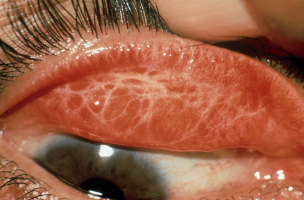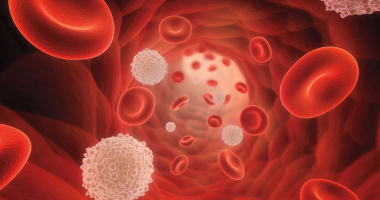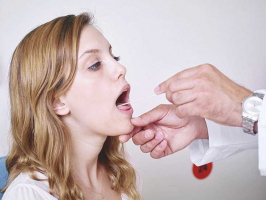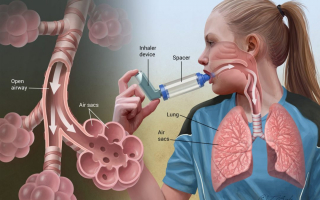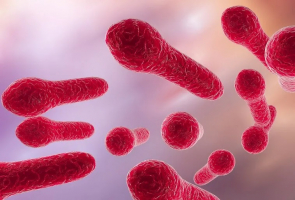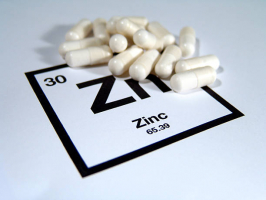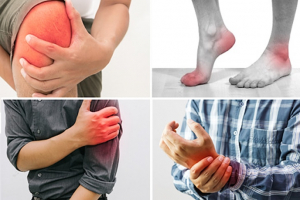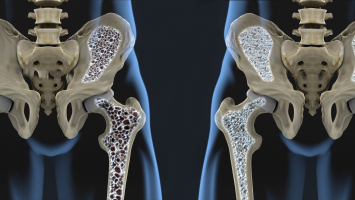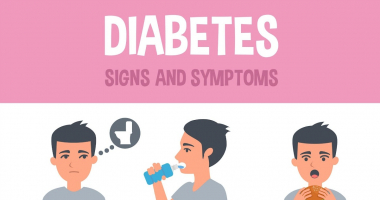Top 5 Signs and Symptoms of Rickets
Rickets is a skeletal condition in which the bones become mushy and fragile. This disorder is caused by chronic or severe vitamin D insufficiency, which ... read more...impairs bone mineralization. Calcium and phosphorus deficits, on the other hand, can cause creaky bones in some circumstances since the body needs these nutrients for healthy bone mineralization. Here are the most common rickets signs and symptoms to be aware of.
-
This is the most prevalent rickets symptom. A developmental delay occurs when a youngster does not accomplish certain milestones within the predicted time frame. Some newborns, for example, begin walking at the age of nine months, while others do not begin walking until they are 15 months old. In both situations, the newborns are still within the normal developmental range. Furthermore, slight disparities in a child's performance or skill are rarely a reason for alarm. A developmental delay occurs when the child is more than merely "slower to develop" or "a little behind". A youngster who lags outside his developmental range or is consistently behind his classmates has such a delay.
Motor development, in its most basic form, is the development of the movement. Human growth requires the ability to move. Everyday actions such as sitting, walking, jogging, climbing stairs, picking up things, using glasses, knives, and forks, pouring liquids, dressing, holding and using pencils, pens, scissors, and using keyboards need motor skills. When children exhibit this symptom, it indicates that they are showing early signs of rickets.
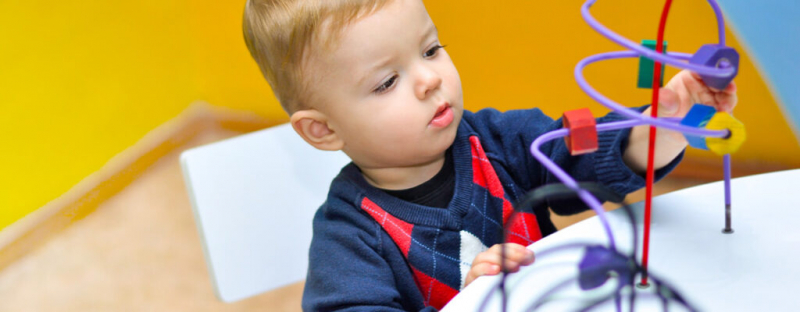
Delayed motor skills 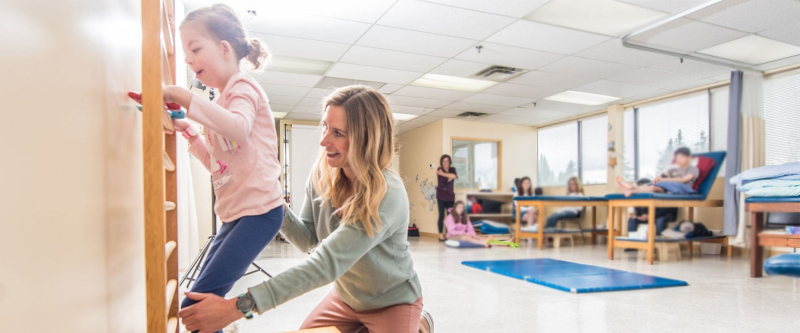
Delayed motor skills -
It’s common for people with rickets to have delayed growth. Delayed growth is defined as poor or unusually slow height or weight increase in a kid under the age of five due to a transitory delay in skeletal growth. A growth delay happens when a child's development rate is slower than expected for their age. An underlying health problem, such as growth hormone deficit or hypothyroidism, might explain the delay. Early therapy can help a kid attain a normal or near-normal height in some instances. Your child may have a growth problem if they are smaller than other children their age. If they are smaller than 95 percent of other children their age and develop slowly, it is usually considered a medical problem.
Rickets usually strikes while the patient is a newborn. This is a period of tremendous growth for them, and they require a lot of vitamin D and calcium to form their bones. Again, treating the child's rickets as soon as possible is the best way to correct the delayed growth. If the kid is not treated while they are very young, they may grow up to be extremely short. Furthermore, any skeletal defects caused by their rickets would be extremely difficult to correct.

Delayed Growth 
Delayed Growth -
Thicken ankles and wrists are one of the early indications of rickets that patients may encounter. Even though their bones are soft, newborns and toddlers with rickets frequently have thicker ankles and wrists because the cartilage and bone cells in the development plates in these places increase even when rickets is present. The growth plate is a section of the bone that continues to develop throughout childhood and should ossify as the kid grows. In rickets, however, the bones do not mineralize properly when the growth plate grows, causing the child's ankles and wrists to be excessively thick and broad. Unfortunately, the wrist and ankle bones are so fragile that they may be twisted, putting these joints in danger of deformation.
The youngster may also have arm discomfort. Not only is there discomfort in certain locations, but the bones are delicate and prone to fractures due to their softness. The spine may also be bent, and the pelvic bones maybe not just uncomfortable and sensitive, but also malformed. This simply adds to the child's suffering.

Thickened Ankles And Wrists 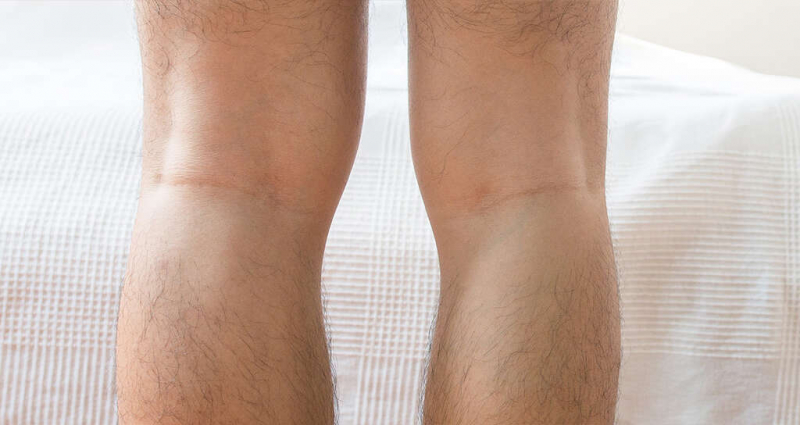
Thickened Ankles And Wrists -
Bow legs are the appearance of a person's legs bowing or bending outward. It happens when a person stands straight with their ankles together and there appears to be a gap between their knees. Bow legs are common in infants during the first few months of life because of the tight placement in the womb. When it happens in babies, no treatment is usually required because the illness will resolve itself by the age of three. You can easily find this symptom at the children's early age.
Natural bending in newborns and toddlers is known as physiologic genu varum by doctors. The youngster will gradually exhibit symptoms of correction as they get older. If a child has bow legs after the age of three, it must be due to an underlying health problem such as rickets. Vitamin D levels fall in rickets patients. Soft bones are caused by an unexpected alteration in the growth plate. Splints are used to straighten the legs of certain youngsters. Surgery is the only option to permanently correct bent legs in adults.
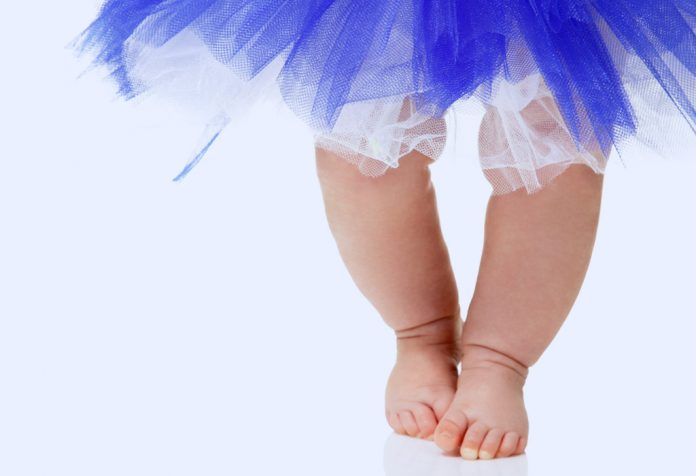
Bowed Legs 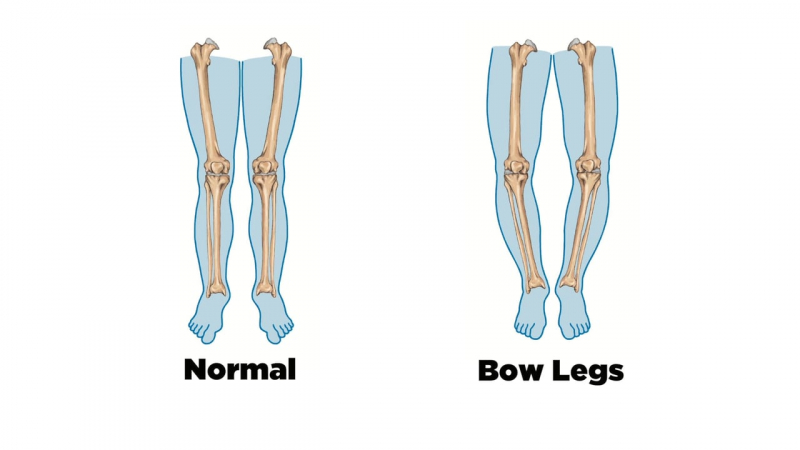
Bowed Legs -
The muscles of a rickets patient do not contract or move in the same way that normal muscles do. This causes muscular weakness, which can manifest as the patient being unable to accomplish actions that healthy people take for granted, such as opening a jar or picking up a very lightweight object with one hand. Rickets causes muscular weakness because the skeleton's bones are weak. Muscles are also underdeveloped. Doctors would advise the youngster to take vitamin D pills as well as get some sun. The UV rays of the sun encourage the body to manufacture its own vitamin D, which is one of the vitamins that the body can produce on its own.
If you experience prolonged muscular weakness or muscle weakness with no obvious cause or reasonable explanation, it might be an indication of an underlying health problem - rickets. Voluntary muscular contractions are normally caused when your brain delivers a signal to a muscle via your spinal cord and nerves. Muscles may not contract regularly if your brain, neurological system, muscles, or the connections between them are harmed or impaired by illness. This can result in muscular weakness.
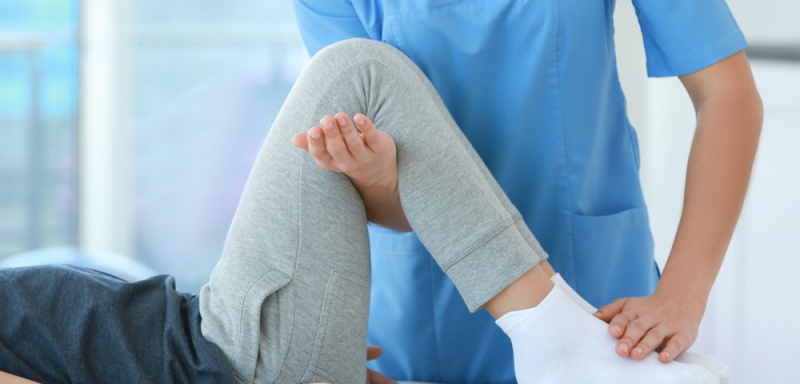
Muscle Weakness 
Muscle Weakness








